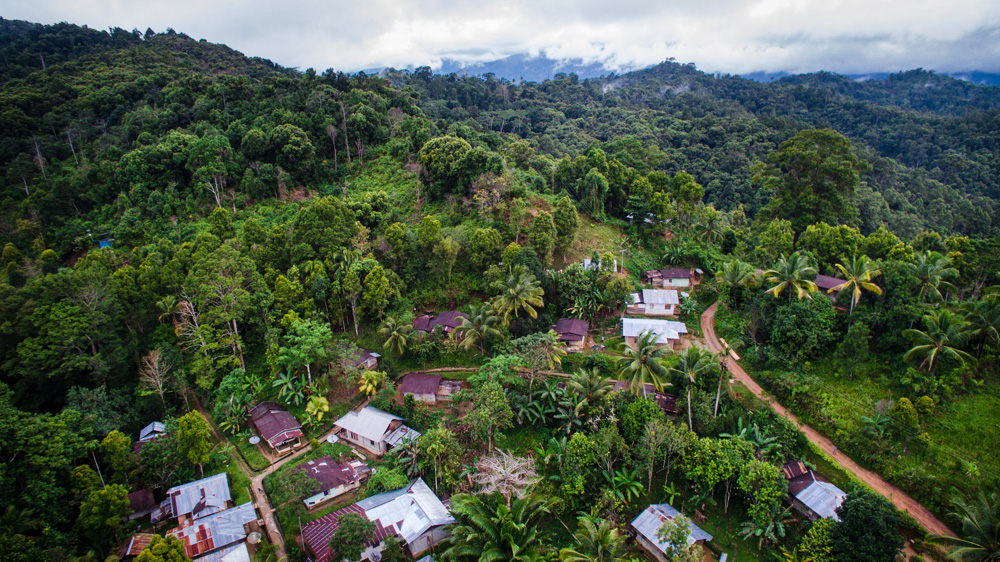Community-based approaches to tenure formalization are gaining traction in development policy. The concept is nothing new. Collective tenure has been recognized in legislation for over a decade. What’s new is that it’s now being implemented, which has created a whole new area for research.
There are different forms of customary or collective tenure rights for communities, and essentially, they all build on the fact that community lands are often managed as commons. In many regions, they also include various types of usage and management regimes. Applying collective rights to communities is thus both rational and logical, while also providing challenges for communities’ traditions versus state governed policy direction.
At the Development Research Conference: Rethinking Development 2018 in Gothenburg, Sweden, Grace Wong, researcher at the Stockholm Resilience Centre, outlined how social forestry has recentralized government control over land titling through a decentralizing approach.
Social forestry is in its core an intimate involvement of local communities. Having local communities managing forests is a ‘one bullet, two rabbits’ kind of thinking, since it provides local engagement and knowledge and all the benefits coupled to it, while also providing a good protection of forests. However, the practice is usually streamlined, and forces local traditions to fit into centrally set ideas and priorities. Grace Wong stated:
“Social forestry has become an administrative exercise and sort of lost the spirit of what it essentially is about”
Another example on the same issue was highlighted by Margareta Espling and Robin Biddulph, both researchers at Gothenburg University. Land use planning is a central part of community land titling programs and is centered around mapping the land uses in the landscape. It is a tool for empowering the local communities to take control over certain land areas.
But critical voices have been raised, saying that it simultaneously gives higher state levels the ability to read the situation and control the land uses from above. “The land titles that are being allocated to the communities are sometimes already degraded lands, which is not really empowering the community. Besides, there is always someone who facilitates the empowering process, and their agenda is much more likely to get recognition” said Robin.
Building on the same issue, participation is key when it comes to development, but who is participating and how? Margareta highlighted that one of the challenges with community land titling programs is that the communities in fact have a weaker negotiating position than external economic interests. “What constitutes a community and who is representing it? There are important power dynamics to take into consideration when it comes to state governed programs in areas where governance is weak.” Margareta said.
The same goes for integration of women in land titling programs, which is still low. Women can be physically present at meetings, but it does not mean they are heard or that their opinion is recognized.
In a nutshell, implementation of community land tenure is an important and coveted development strategy. “Land issues have been dominated by privatization, but it really doesn’t tally very well to customary regimes in different regions.” Said Lasse Krantz, guest-researcher at Gothenburg University and former senior advisor to the Swedish development agency, Sida. He continued:
“Mozambique and Tanzania are some of the first countries to adopt customary tenure regimes, and it is of large importance that we as researchers tap into it and formulate critical research questions on what we can learn from the places where its being implemented right now”
Even so, we still need to ask ourselves; securing land rights yes, but for whom? Aspirations and cultural values and traditions tend to get washed away in the efficient but yet homogeneous state governed land titling models.
So, if we are to really Rethink Development, our efforts need to be focused on who’s agenda is being pushed forward, and for what reasons. Development researchers can have a large part to play in this, by showcasing the full story through a critical development perspective.
This article is inspired by the discussions at the “New Frontiers in Land and Resource Tenure Research” session at the Development Research Conference: Rethinking Development 2018.
